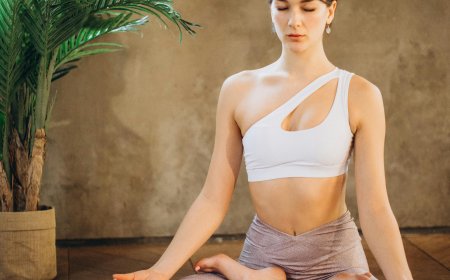1. Assess Your Space and Budget:
Before diving into the world of home gym equipment, take time to assess your available space and budget. Consider the size of the room or area where you plan to set up your home gym, as well as any limitations or constraints you may need to work around. Determine your budget for equipment purchases, taking into account both initial costs and long-term maintenance expenses.
2. Choose Versatile Equipment:
When selecting equipment for your home gym, prioritize versatile pieces that offer a wide range of exercises and training options. Opt for multi-functional equipment such as adjustable dumbbells, resistance bands, and stability balls that can target multiple muscle groups and adapt to your changing fitness needs over time. Investing in versatile equipment allows you to maximize space and resources while enjoying a varied and effective workout routine.
3. Focus on Core Essentials:
While it's tempting to splurge on fancy gadgets and machines, focus on acquiring core essentials that form the foundation of your home gym setup. Start with basic equipment such as a quality exercise mat, a set of dumbbells or kettlebells in varying weights, and resistance bands of different strengths. These versatile tools can be used for a wide range of strength, cardio, and flexibility exercises, making them essential staples for any home gym.
4. Consider Space-Saving Solutions:
If space is limited in your home gym area, consider space-saving solutions that allow you to maximize functionality without sacrificing precious square footage. Look for compact and foldable equipment such as folding treadmills, collapsible benches, or wall-mounted racks that can be easily stored or tucked away when not in use. Utilize vertical space by installing shelves or hooks for storing smaller items such as resistance bands, yoga mats, or foam rollers.
5. Create a Motivating Environment:
Design your home gym space in a way that inspires and motivates you to show up and give your best effort in every workout. Choose bright and energizing colors for the walls, incorporate motivational quotes or posters, and add personal touches such as plants or artwork to create a welcoming and uplifting atmosphere. Consider installing mirrors to visually expand the space and provide feedback on your form and technique during exercises.
6. Incorporate Functional Training Tools:
In addition to traditional gym equipment, consider incorporating functional training tools that mimic real-life movement patterns and improve functional strength and mobility. Items such as stability balls, medicine balls, foam rollers, and balance boards can challenge your balance, coordination, and stability while enhancing overall athleticism and injury prevention. Incorporate these tools into your workouts for added variety and effectiveness.
7. Prioritize Safety and Comfort:
Ensure your home gym setup prioritizes safety and comfort to minimize the risk of injury and enhance the overall workout experience. Invest in a high-quality exercise mat to provide cushioning and support during floor exercises and stretching routines. Check equipment regularly for signs of wear and tear, and follow proper maintenance and safety guidelines for each piece of equipment. Create adequate ventilation and temperature control in your home gym to promote comfort and enjoyment during workouts.
8. Customize Your Workout Space:
Personalize your home gym space to cater to your individual preferences and fitness goals. Arrange equipment in a layout that facilitates seamless transitions between exercises and allows for efficient workflow during workouts. Create designated zones for different types of exercises, such as a strength training area, a cardio zone, and a stretching or mobility corner. Customize your workout space to reflect your unique fitness journey and create an environment that supports your physical, mental, and emotional well-being.





















































































